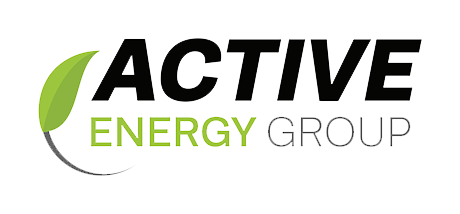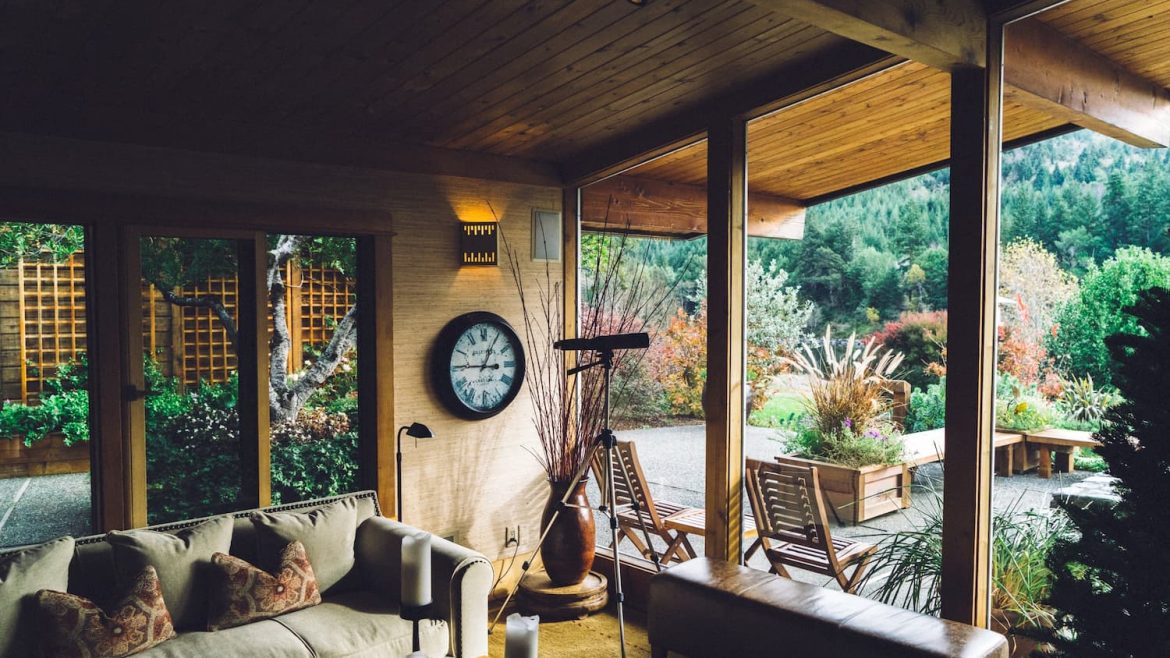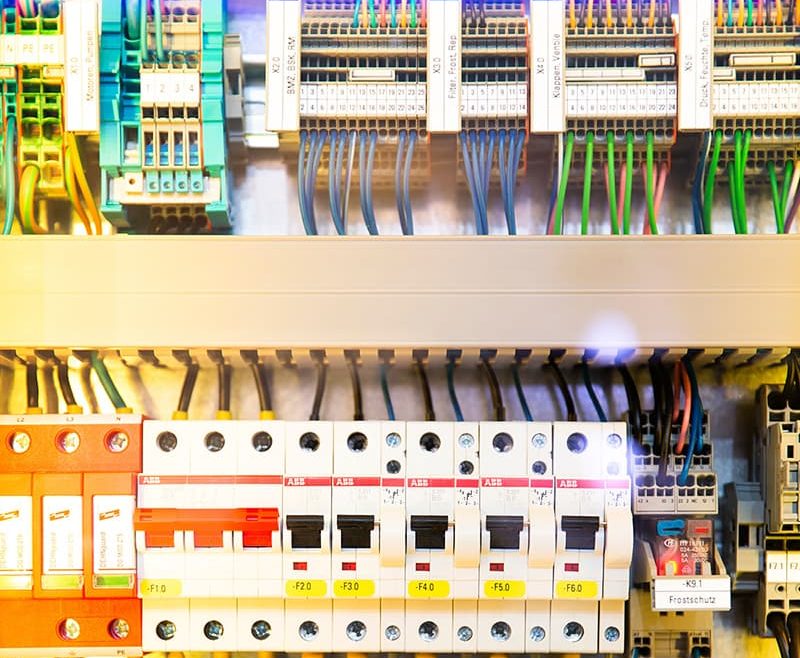How Much Power Does Your Home Use?
How Much Power Does Your Home Use? https://activeenergygroup.com.au/wp-content/uploads/joshua-ness-Vo52cKzOxMY-unsplash-1-1024x683.jpg 1024 683 Active Energy Group https://activeenergygroup.com.au/wp-content/uploads/joshua-ness-Vo52cKzOxMY-unsplash-1-1024x683.jpgHow Much Power Does Your Home Use?
When it comes to adding a solar system to your home, it’s important to know how much power you are using, and how much power you will require. Once you know these things, you can begin to determine your returns and how long until the system has paid for itself – it’s only a matter of time.
Where Does Your Power Go?
It’s estimated that 40% of the average Australian household’s power is used between both heating and cooling throughout the year; easily the biggest portion of energy usage. Air conditioning is especially power-hungry, especially when fighting the heat of the Australian summer.
As for the other 60%, roughly 23% of power is used on water heating, 14% on appliances like the dishwasher and washing machine, 8% on refrigeration, 7% on lighting, 5% on cooking, and the remaining 3% on standby power – things like the TV or ‘sleeping’ computers.
It’s possible to run your entire house on solar power, even if you use a lot of power, but your roof size/shape or currently installed electrics may stand in the way of it – it’s important to speak with a knowledgeable specialist about how much you can expect to run from solar alone.
Contact us for a free consultation
Your Home Energy Usage
There are countless variables in how much power a home uses. Things like the number of people living in a house will have a great impact, along with the power efficiency of appliances and how often (and how) they’re used. On average, an Australian household uses in the region of 18 KiloWatts (kWh) of energy per day. Add it all up and that’s about 5,600 KiloWatts a year. Homes with children typically consume around 20 kWh of power per day, compared to single adults who use around 10 kWh per day.
The amount of power you use comes down to what your home activities are. With the current Coronavirus pandemic in motion, working from home is having an effect on home power usage. With extra screens, computers and aircon running throughout the day, especially during the warmer months, home power bills are going up. Since working from home is becoming a more normal, and in some cases expected thing, there has never been a better time to go solar.
Solar Power Production
In order to get the right solar system for your home, it’s important to consider how much power you use, and how much you would need from a system. While some are happy to chip away at power bills with a small, cost-effective solar system, others want to go ‘full green’ and rely on solar power to power their home.
Right now, solar panels are more efficient than ever, as well as cheaper than ever (roughly 90% cheaper than they were in 2010!). You can buy a system today and have it pay for itself in as little as 2 years, and almost always within 5 years.
Typically, 20-28 panels will cover the majority of an average home’s power usage, and send some back to the grid to help pay for your already-lower power bills.
The time really is now! Get in touch with our great Australian team today and we’ll get the ball rolling on the cheaper summer power bill you’ll have seen in years!
Contact Us
Contact us today to get a free consultation and find out how much
you could save on your power bill!
Phone : 0456 800 232






